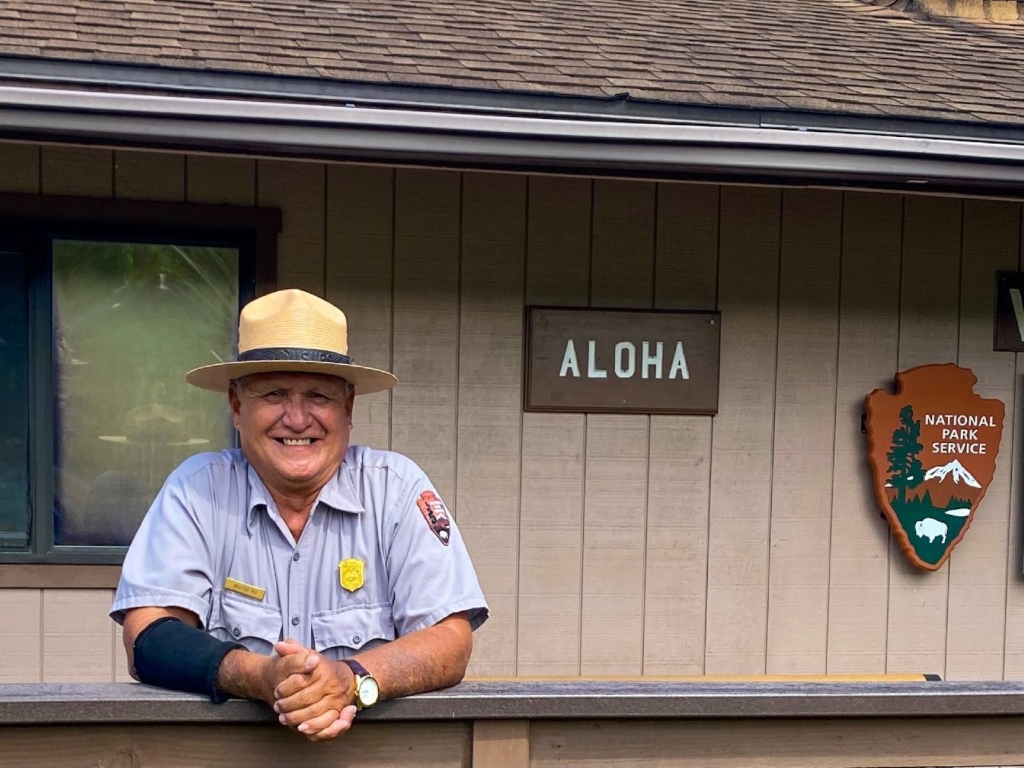
Welcome to the Kīpahulu District of Haleakalā National Park! We’re glad you’re joining us today for a self-guided walk of the Kūloa Point Trail. As you’ll learn along this trail, for generations Kīpahulu has been a place of community, labor, and rest. We’ll think about what makes a place a home, and how we carry our homes with us wherever we go.
Please remember, Kīpahulu is still a home! It is a home to the generations of Native Hawaiians who live in the area today. It is a home to plants and animals found nowhere else in the world. And it is a home to incredible forces that can shape this place in dramatic ways. For that reason, please be respectful and:
Kīpahulu is one of the few preserved moku districts of Maui. A moku district is a system used by pre-Contact Hawaiians for dividing land and establishing the rule of law. The objects in the visitor center showcase that this is a homeland for people for over too many generations to count. As you continue along this loop trail around the Kūloa point, you can begin to see the importance of Kīpahulu as a home. You can discover plants brought by Polynesian voyagers, observe hale built by early people, and feel the natural beauty of ʻOheʻo Gulch and the vast shoreline of east Maui.
This land has provided for generations of ʻohana (families), and here a sacred bond has formed between people and place. Enter with aloha (respect,) for this is a homeland and you are walking into their cherished house. In this area you will also feel the power of water, which makes up the geographic boundaries of the moku. Fresh water was key to survival, and every moku village had enough water for everyone. It was the ocean from which the early people came to Maui. Waʻa (canoes) were the vessels carrying people and all they needed to establish a home.
Making your way to the next stop think about your homes and what is it that ties you to your ‘āina (land)? What are some ways that one can show aloha (respect) to a place?
Please remember, Kīpahulu is still a home! It is a home to the generations of Native Hawaiians who live in the area today. It is a home to plants and animals found nowhere else in the world. And it is a home to incredible forces that can shape this place in dramatic ways. For that reason, please be respectful and:
- Stay on trail at all times
- Do not disturb natural or archeological sites
- Do not stack or take rocks
Kīpahulu is one of the few preserved moku districts of Maui. A moku district is a system used by pre-Contact Hawaiians for dividing land and establishing the rule of law. The objects in the visitor center showcase that this is a homeland for people for over too many generations to count. As you continue along this loop trail around the Kūloa point, you can begin to see the importance of Kīpahulu as a home. You can discover plants brought by Polynesian voyagers, observe hale built by early people, and feel the natural beauty of ʻOheʻo Gulch and the vast shoreline of east Maui.
This land has provided for generations of ʻohana (families), and here a sacred bond has formed between people and place. Enter with aloha (respect,) for this is a homeland and you are walking into their cherished house. In this area you will also feel the power of water, which makes up the geographic boundaries of the moku. Fresh water was key to survival, and every moku village had enough water for everyone. It was the ocean from which the early people came to Maui. Waʻa (canoes) were the vessels carrying people and all they needed to establish a home.
Making your way to the next stop think about your homes and what is it that ties you to your ‘āina (land)? What are some ways that one can show aloha (respect) to a place?
Is there something we missed for this itinerary?
Itineraries across USA
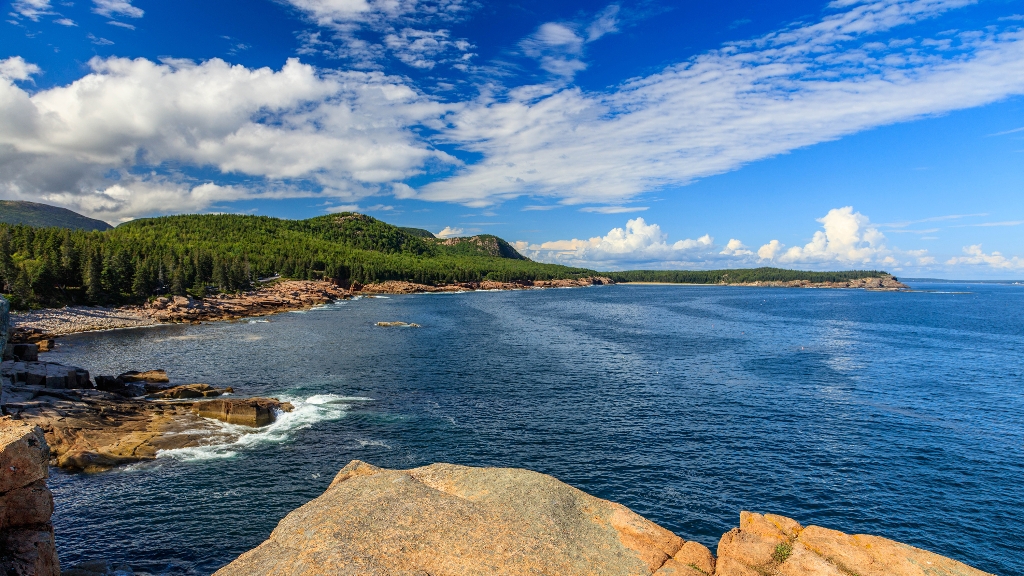
Acadia
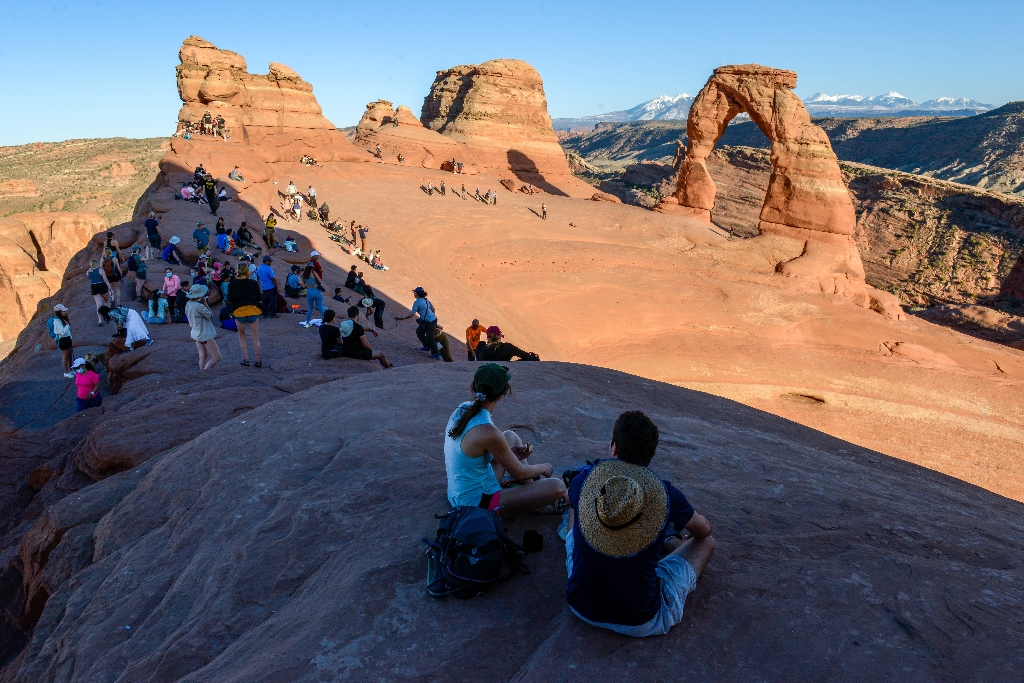
Arches National Park

Badlands
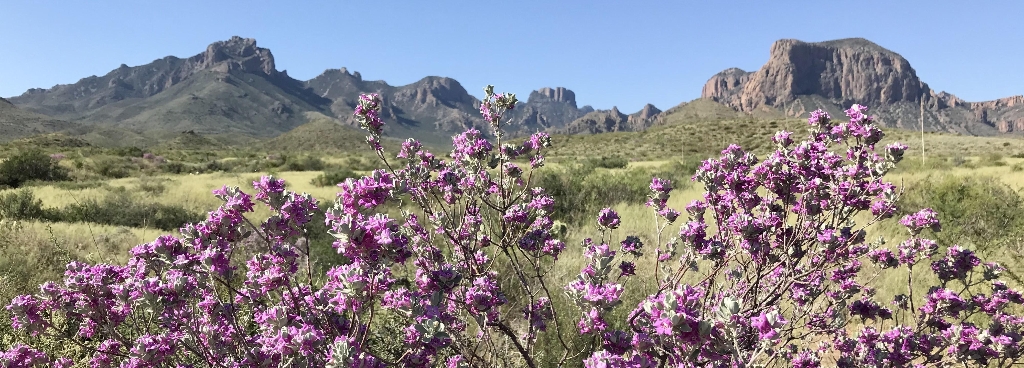
Big Bend
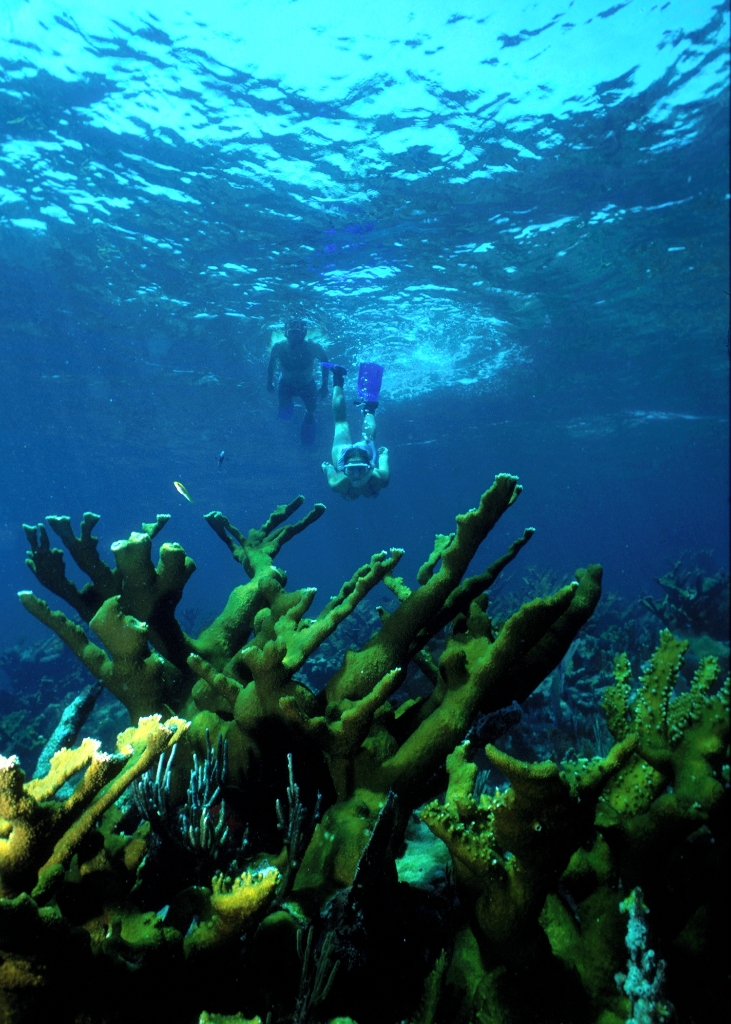
Biscayne

Black Canyon Of The Gunnison
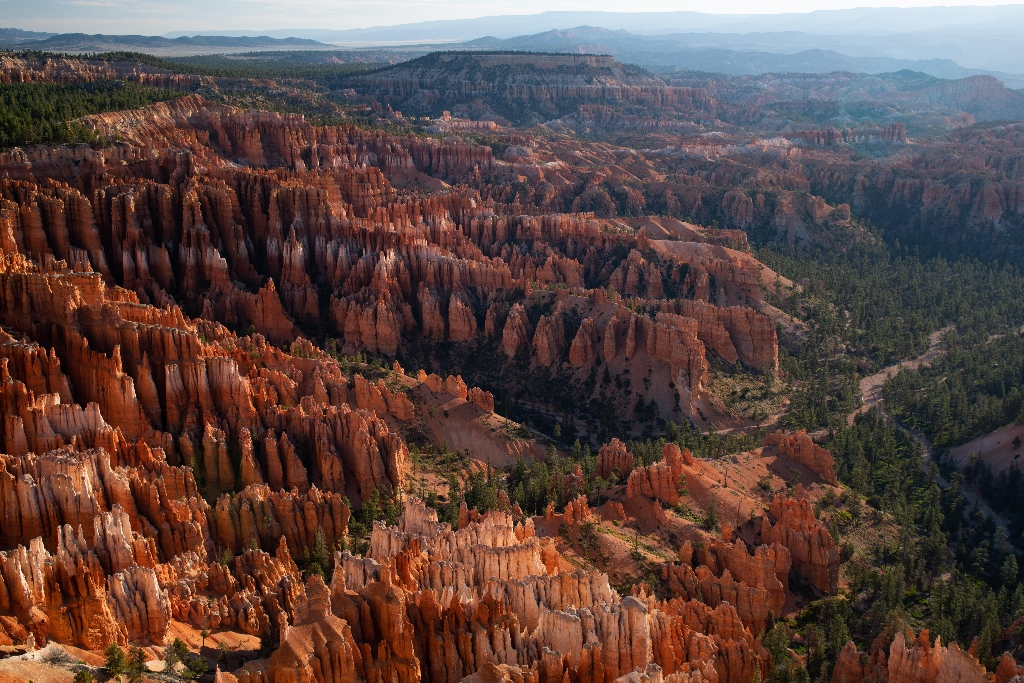
Bryce Canyon
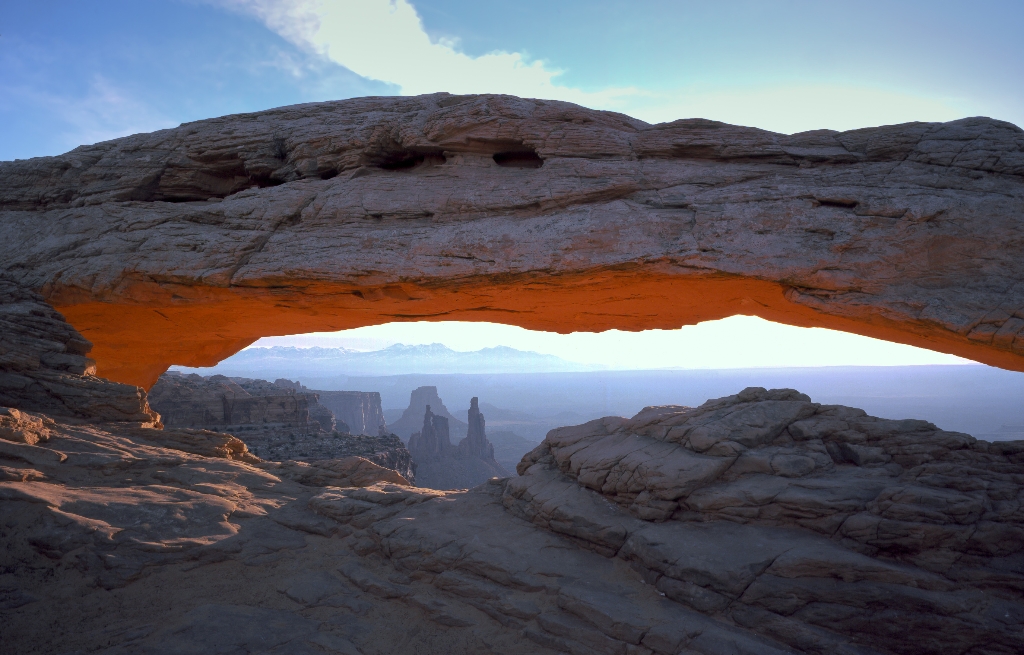
Canyonlands
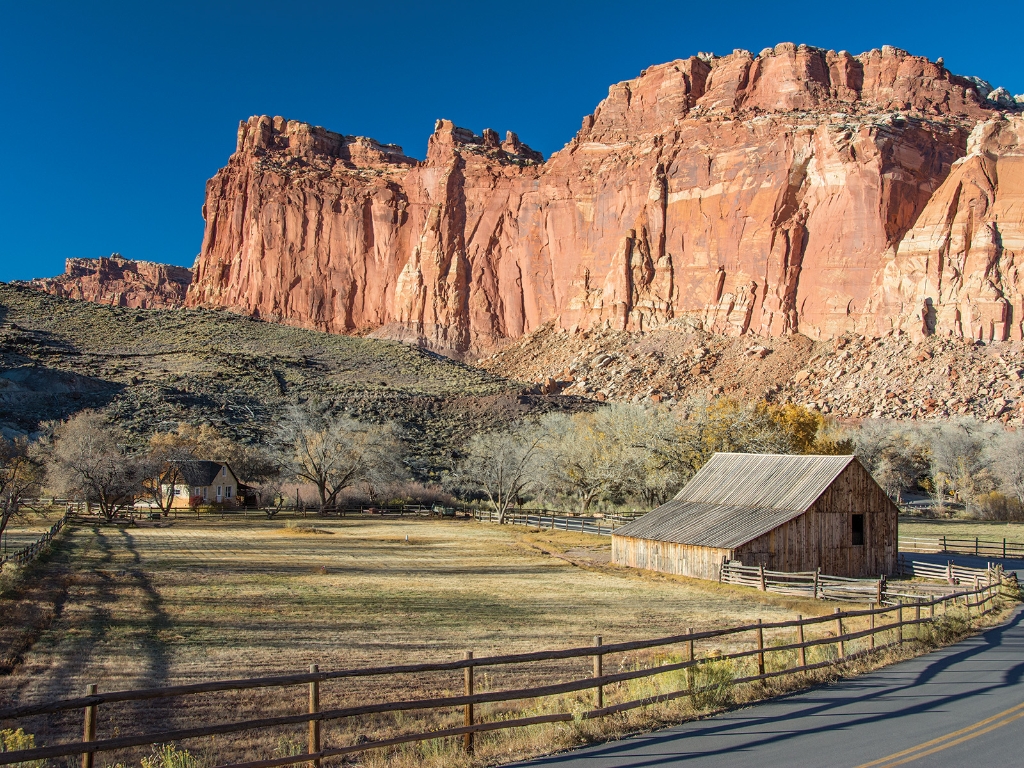
Capitol Reef
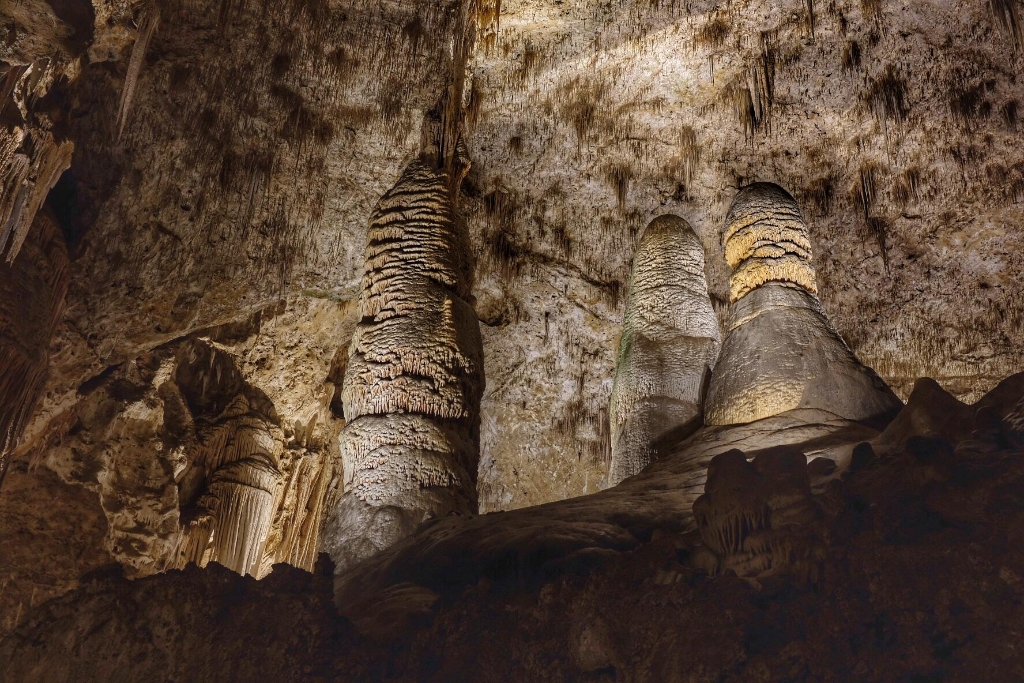
Carlsbad Caverns
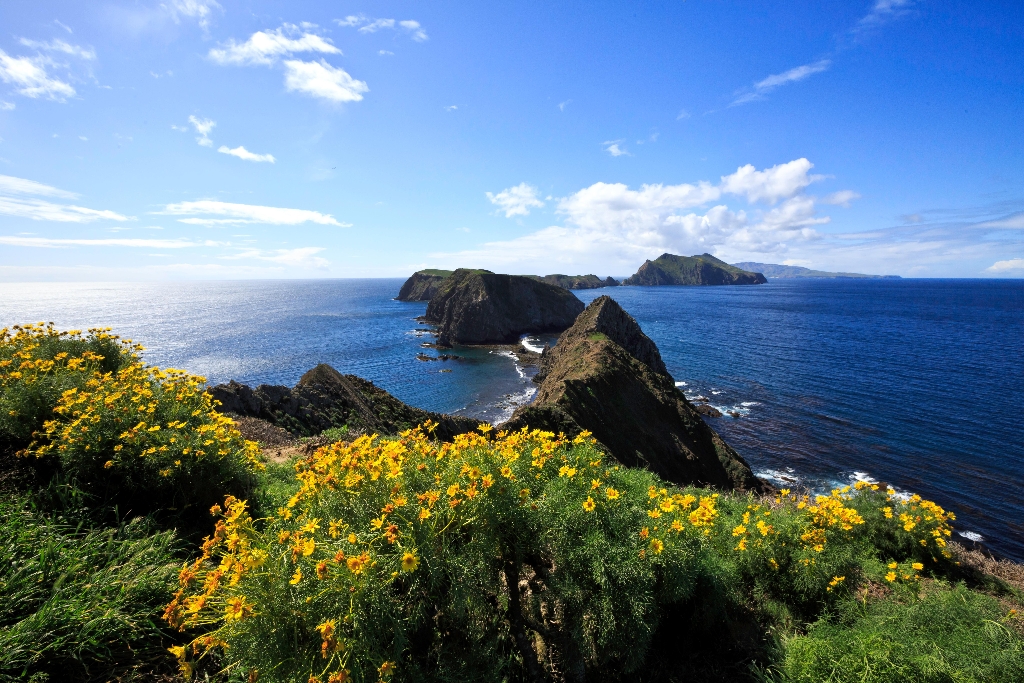
Channel Islands
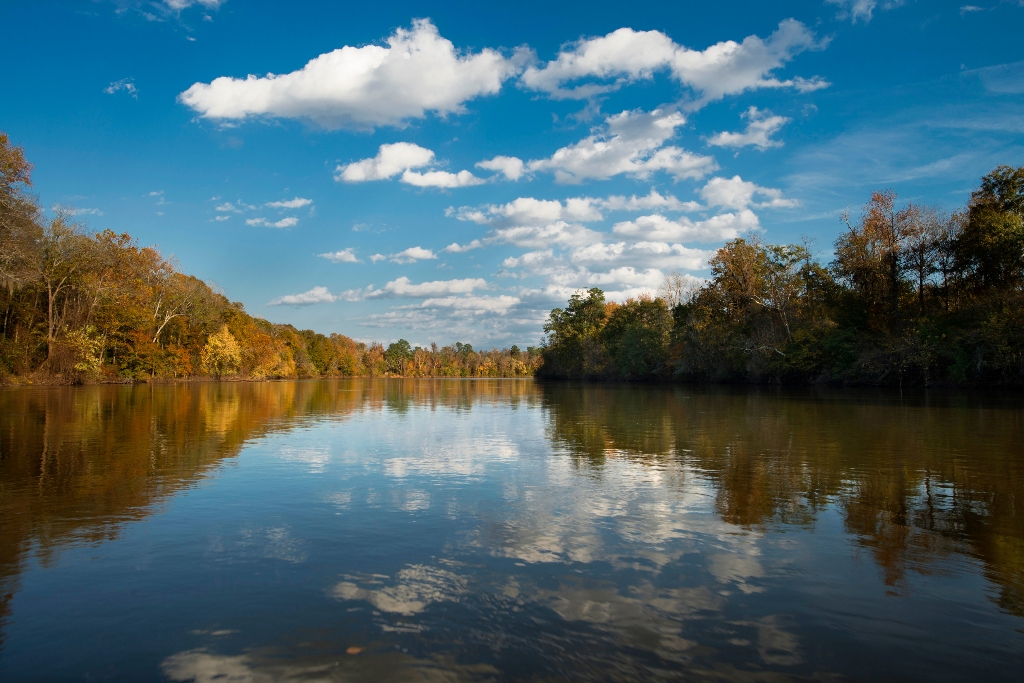
Congaree
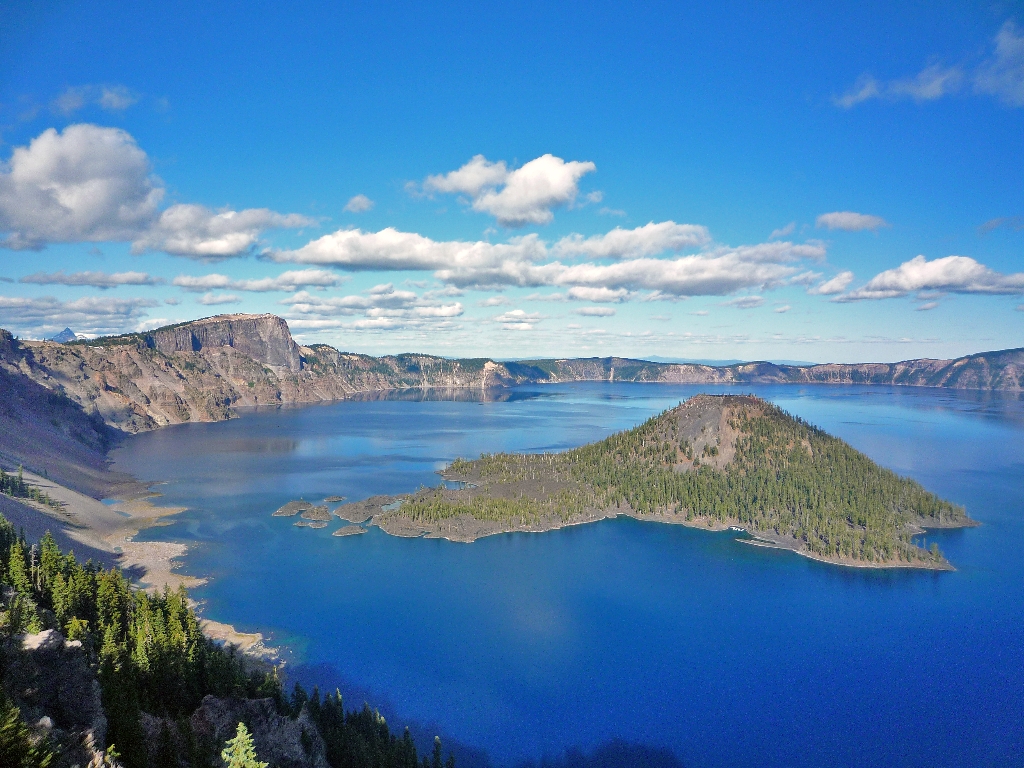
Crater Lake
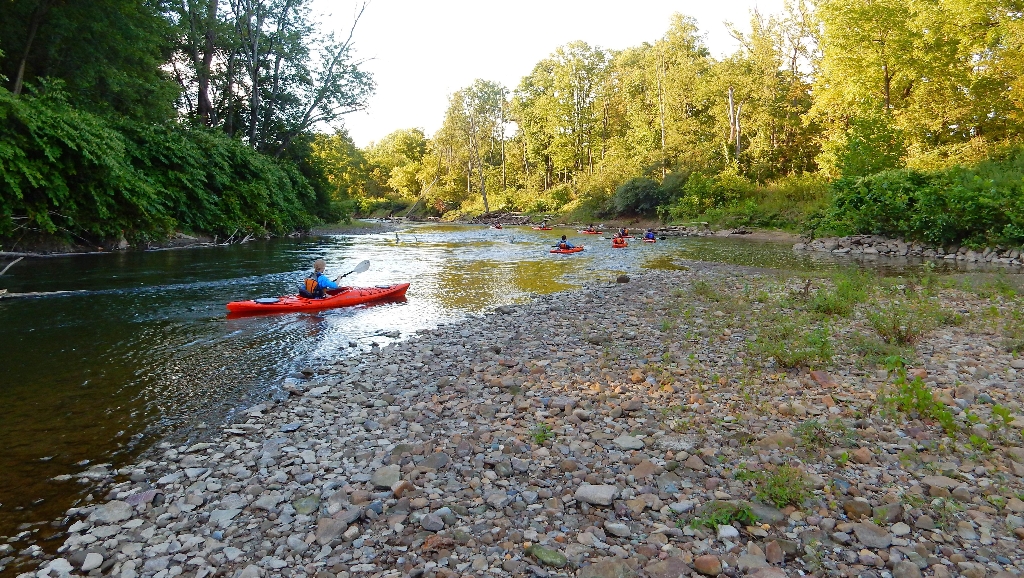
Cuyahoga Valley

Death Valley
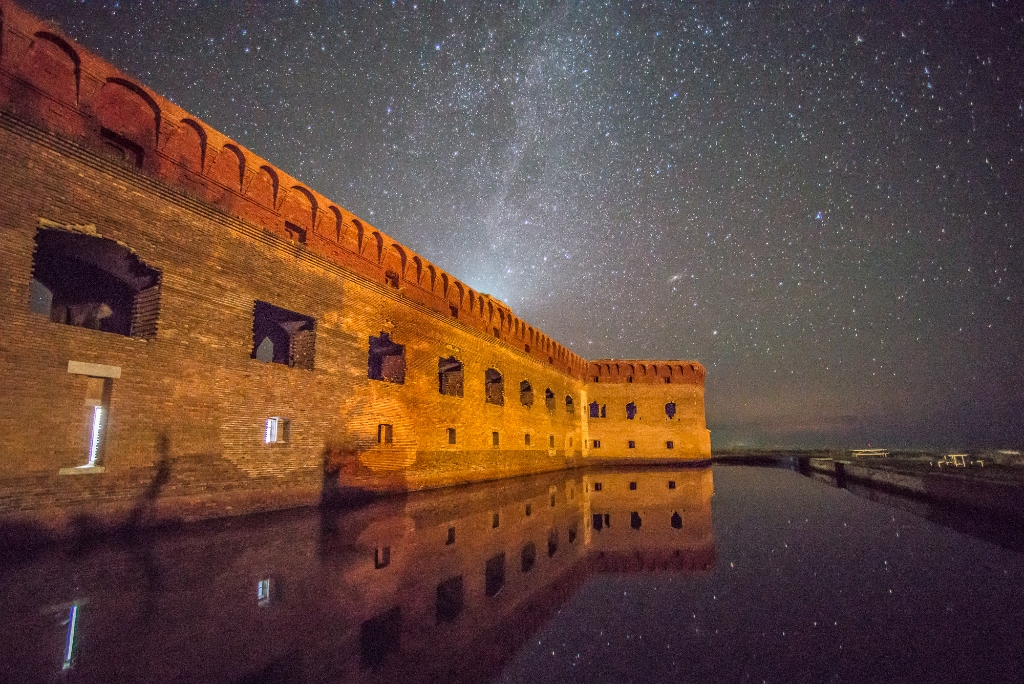
Dry Tortugas
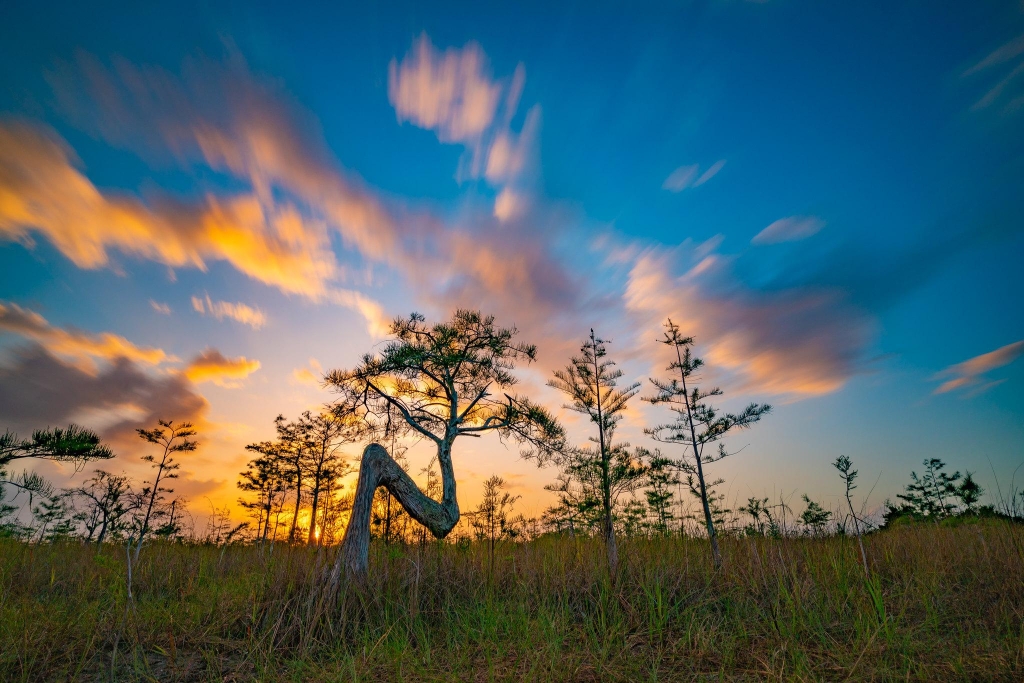
Everglades

Gateway Arch
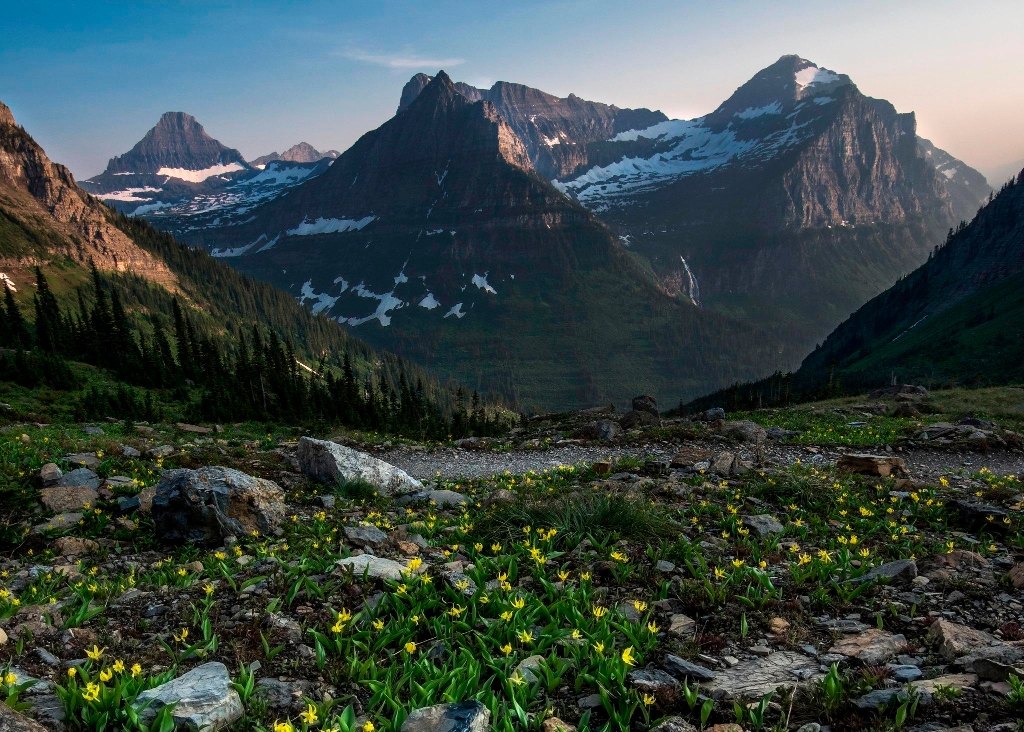
Glacier
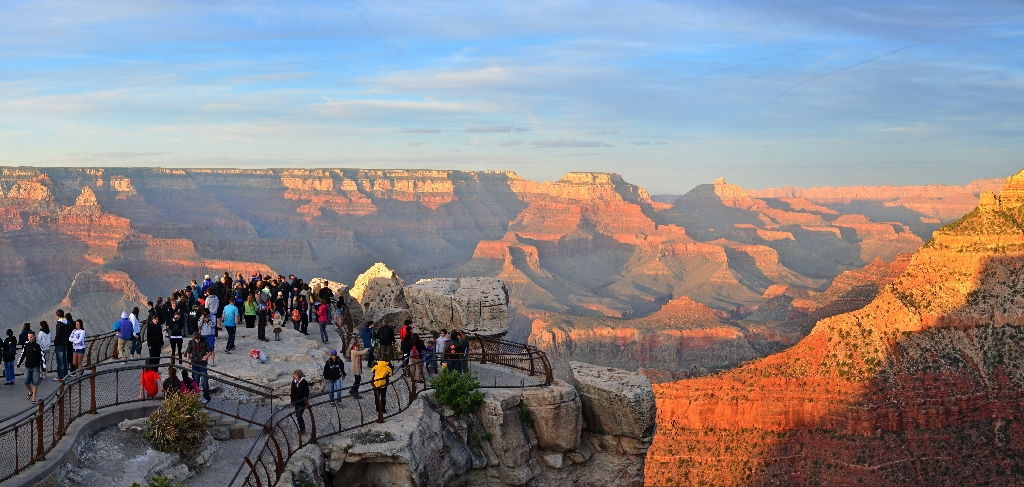
Grand Canyon

Grand Teton
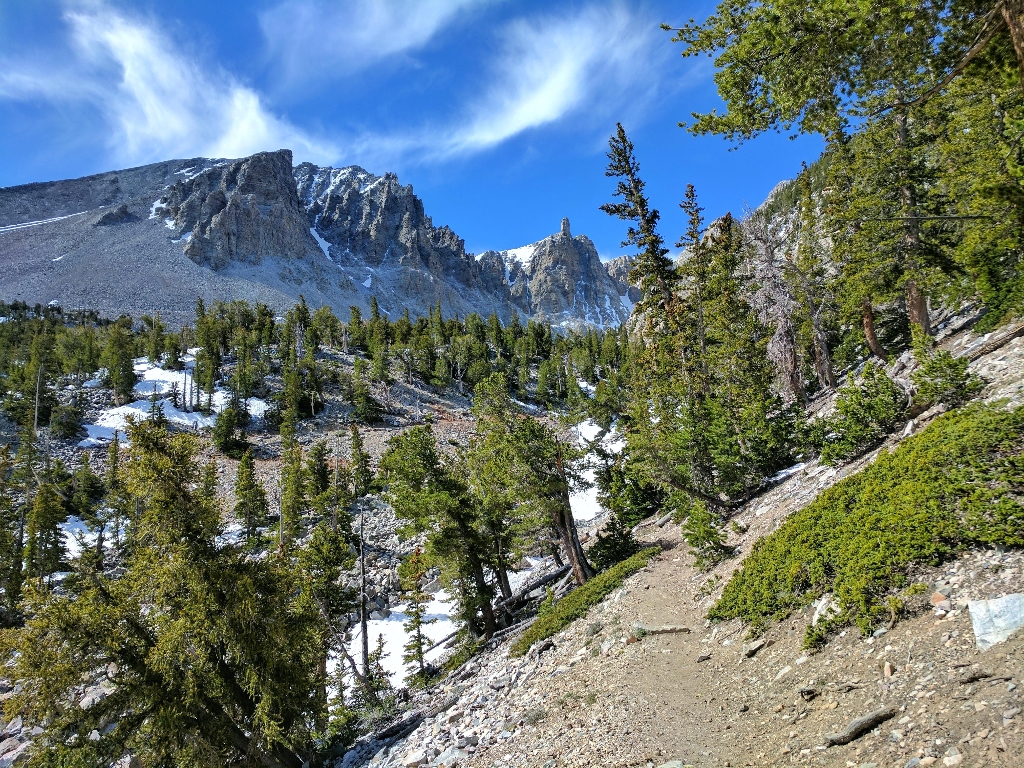
Great Basin
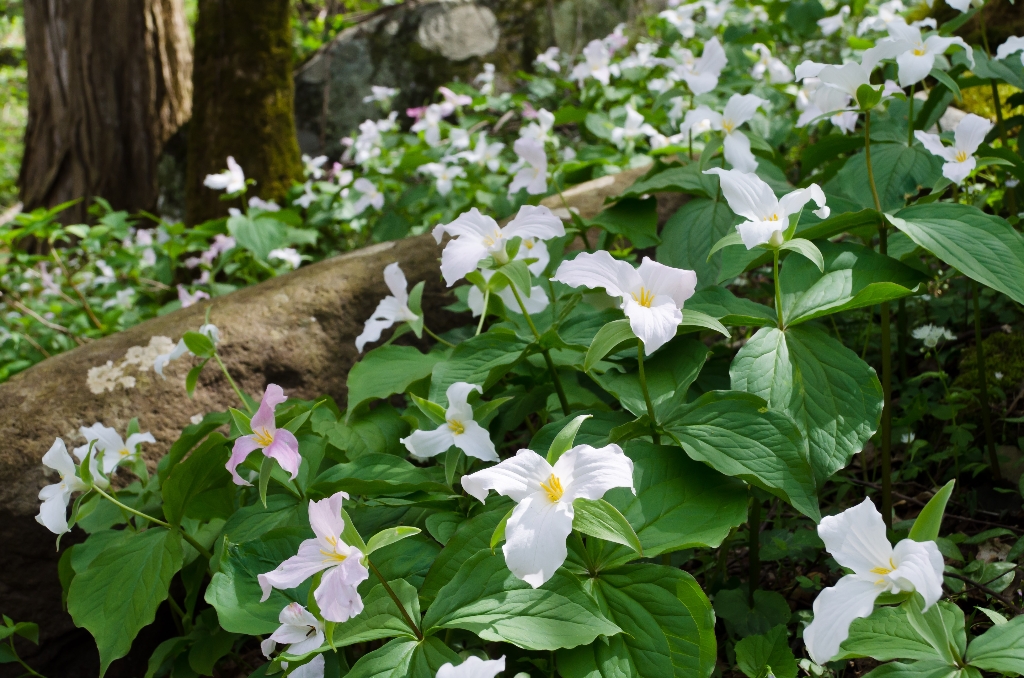
Great Smoky Mountains
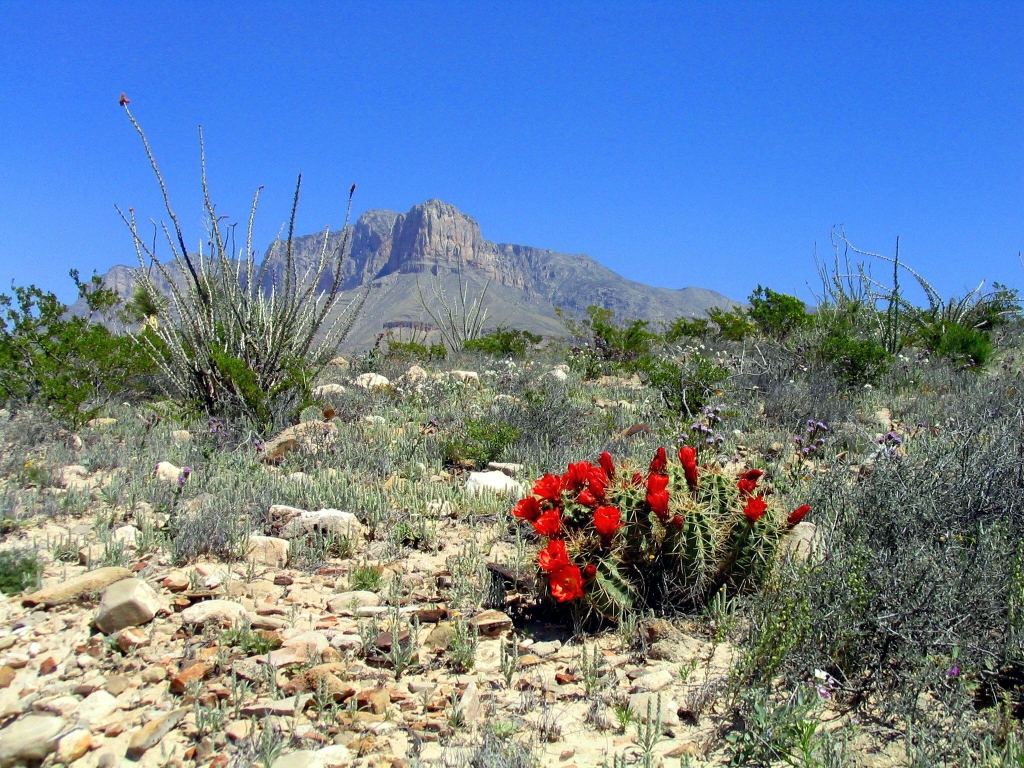
Guadalupe Mountains

Haleakalā
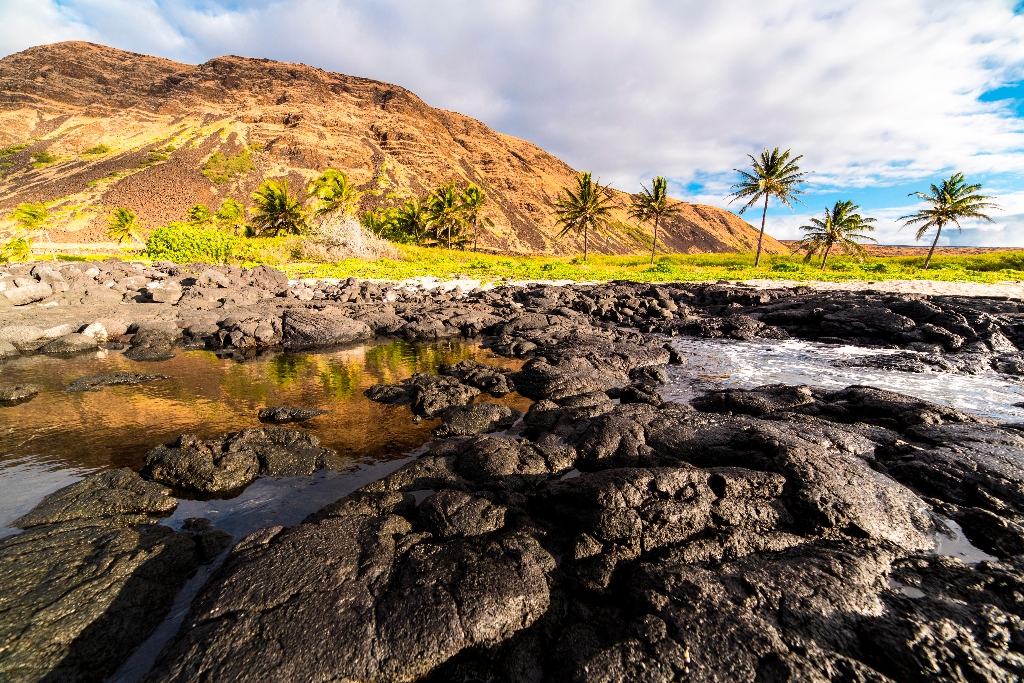
Hawaiʻi Volcanoes
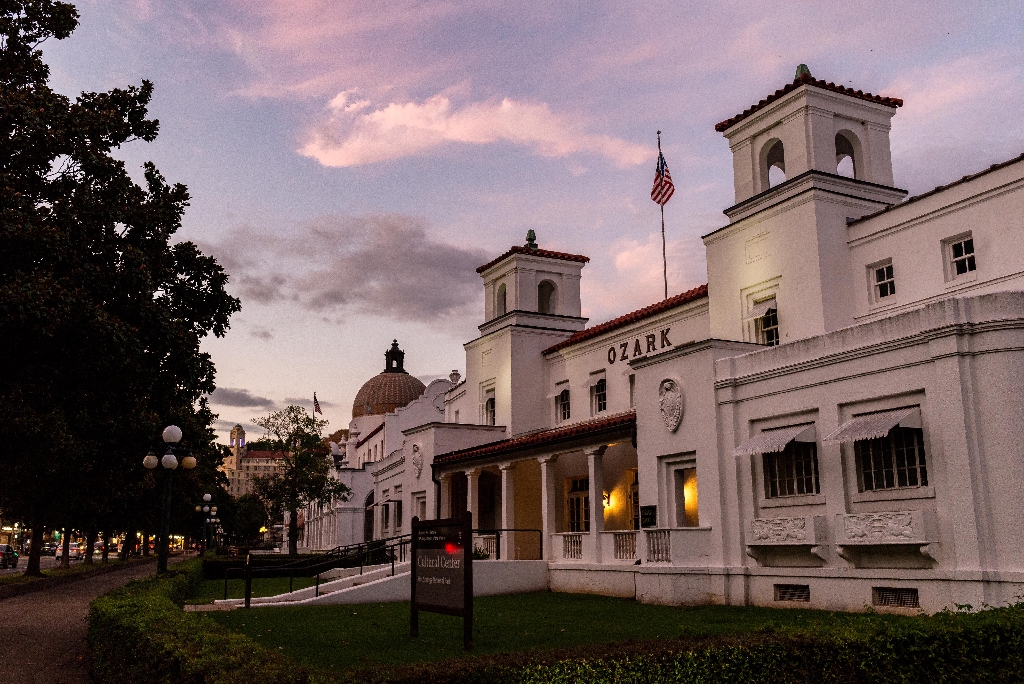
Hot Springs
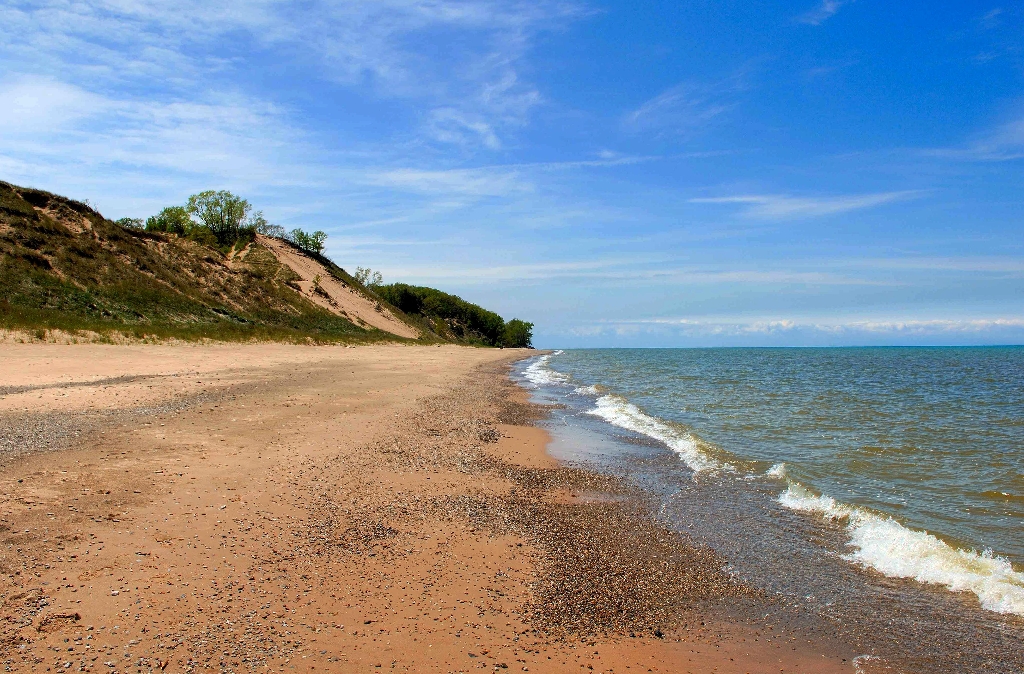
Indiana Dunes
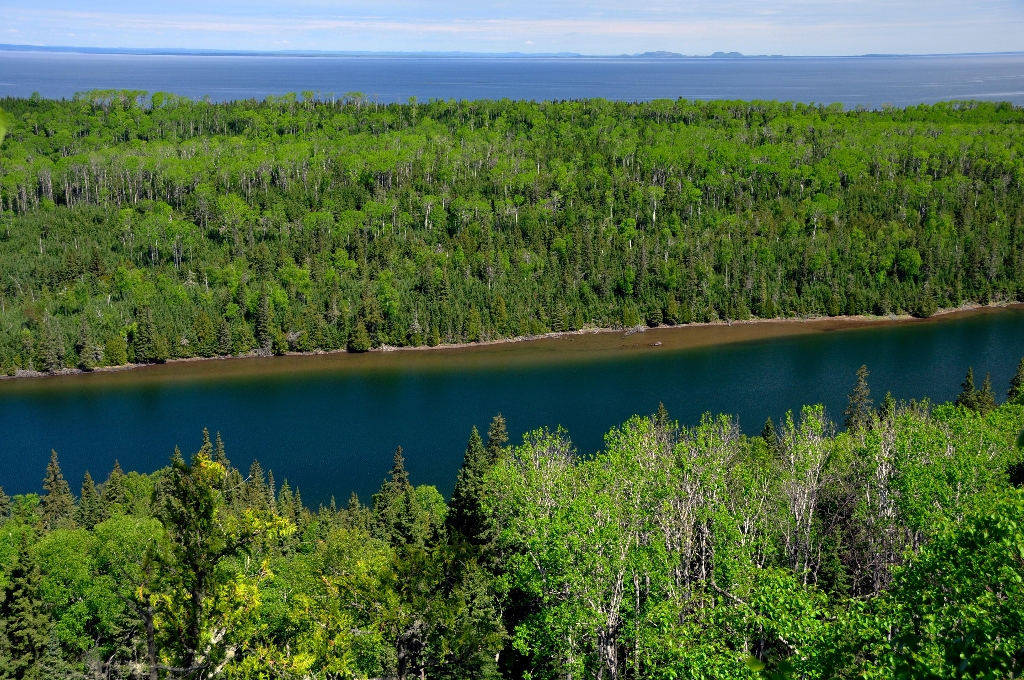
Isle Royale
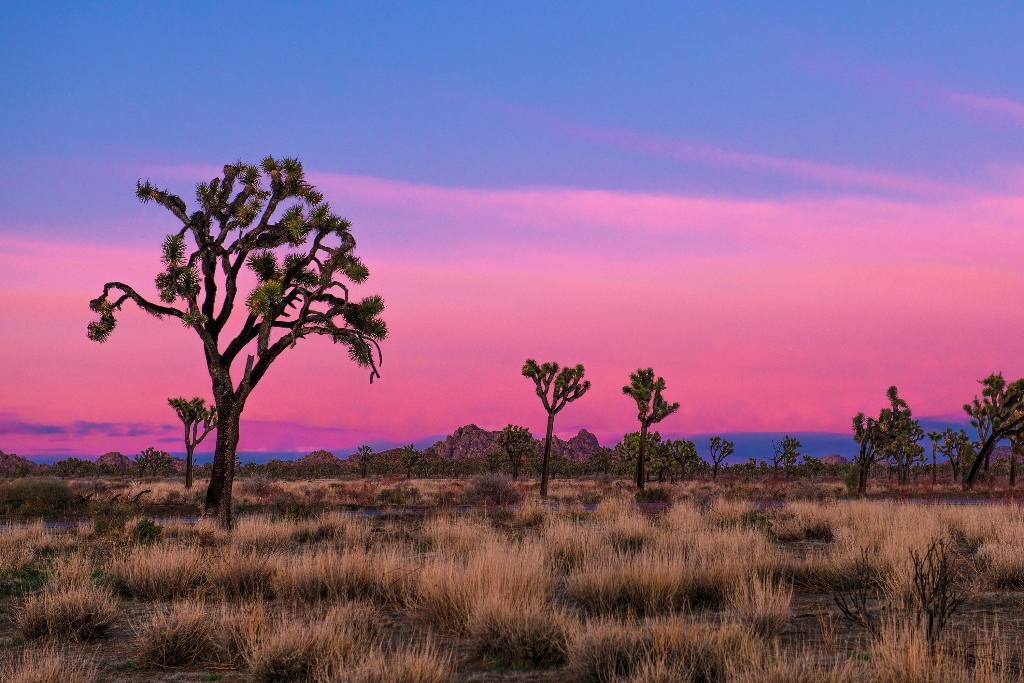
Joshua Tree

Kenai Fjords

Kobuk Valley
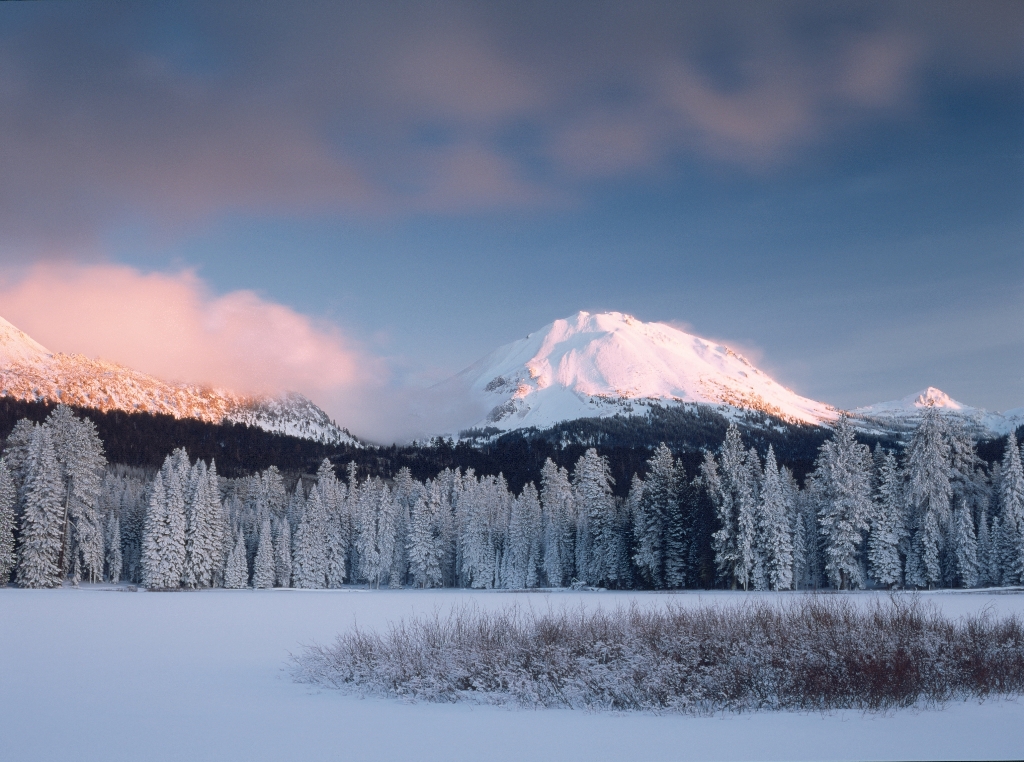
Lassen Volcanic
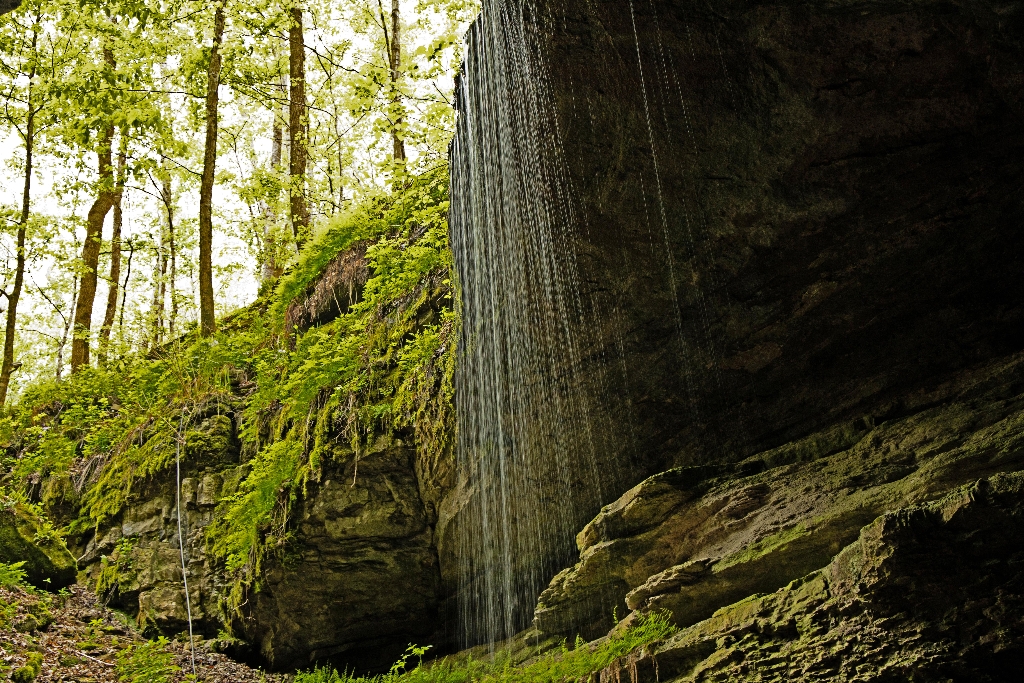
Mammoth Cave
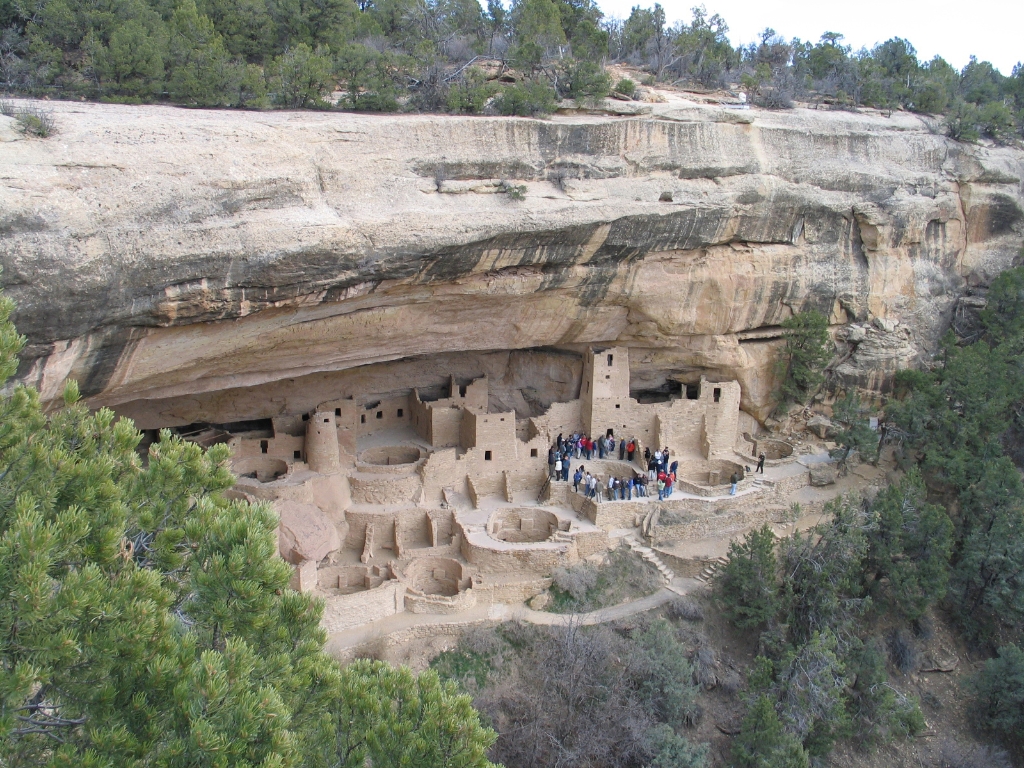
Mesa Verde
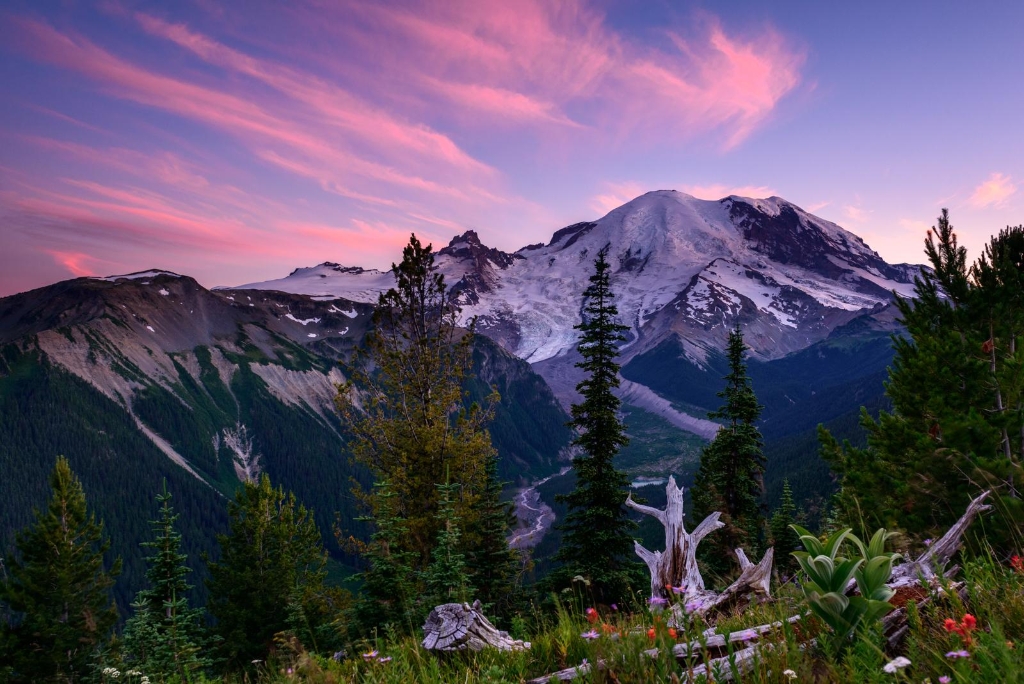
Mount Rainier
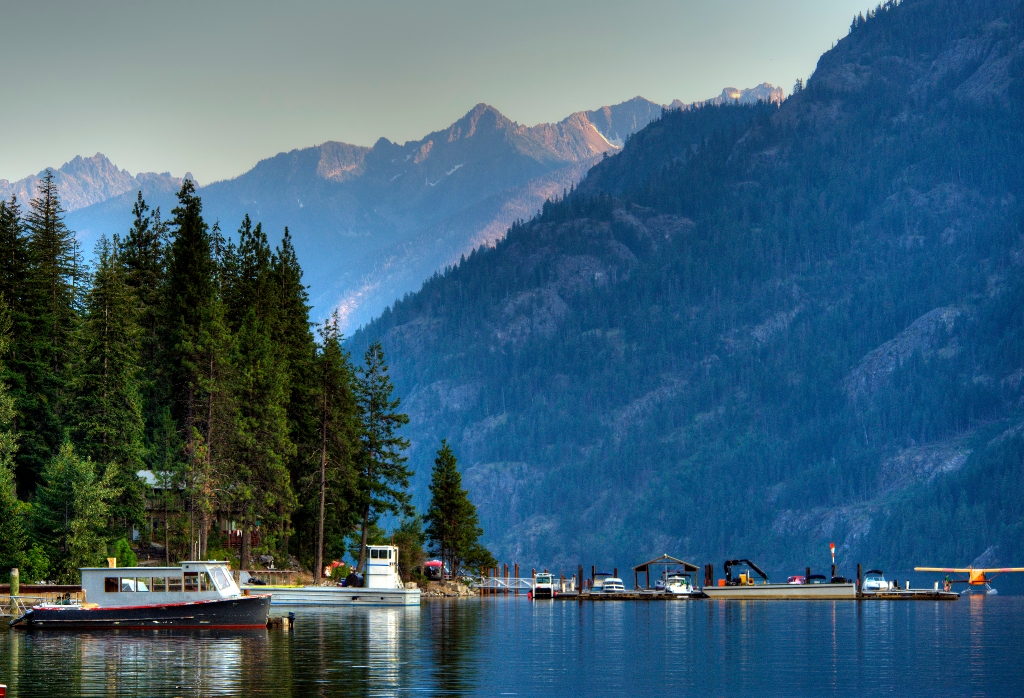
North Cascades

Olympic
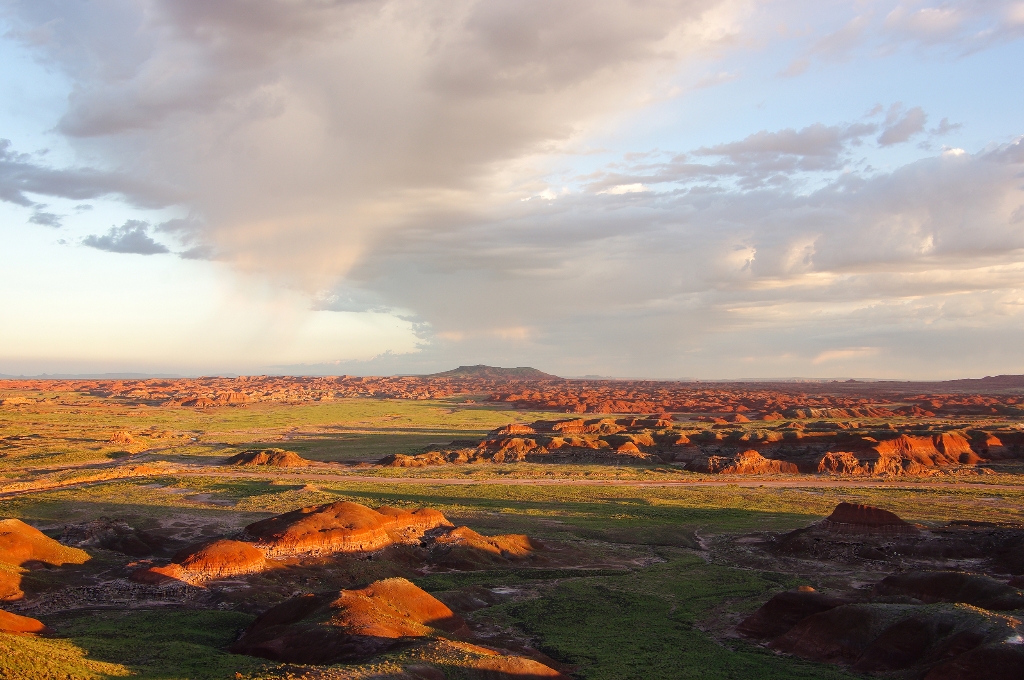
Petrified Forest
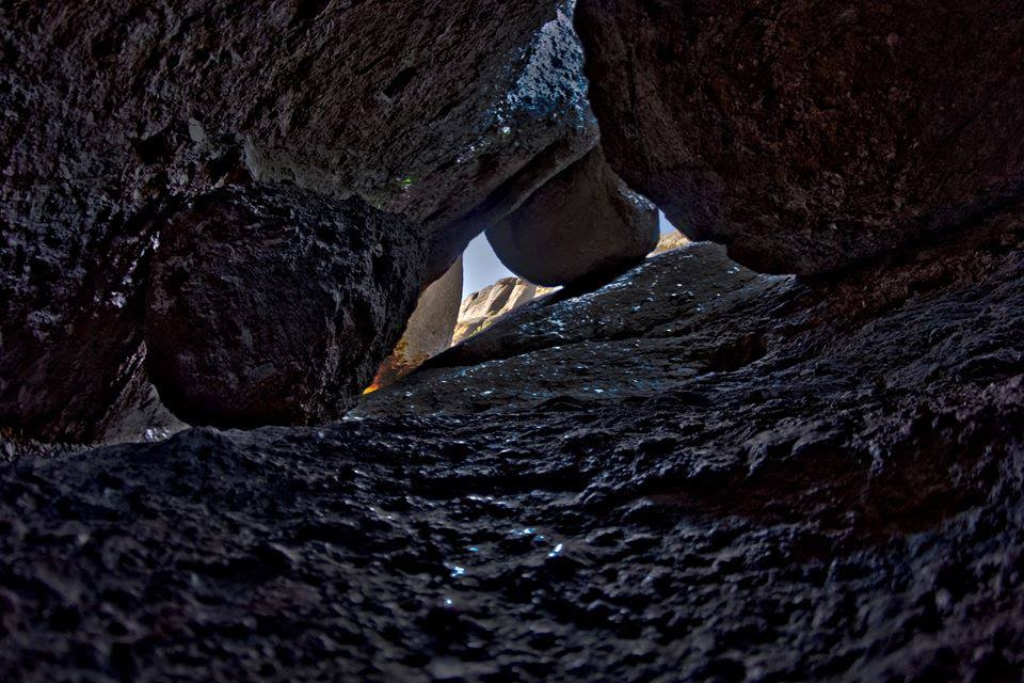
Pinnacles
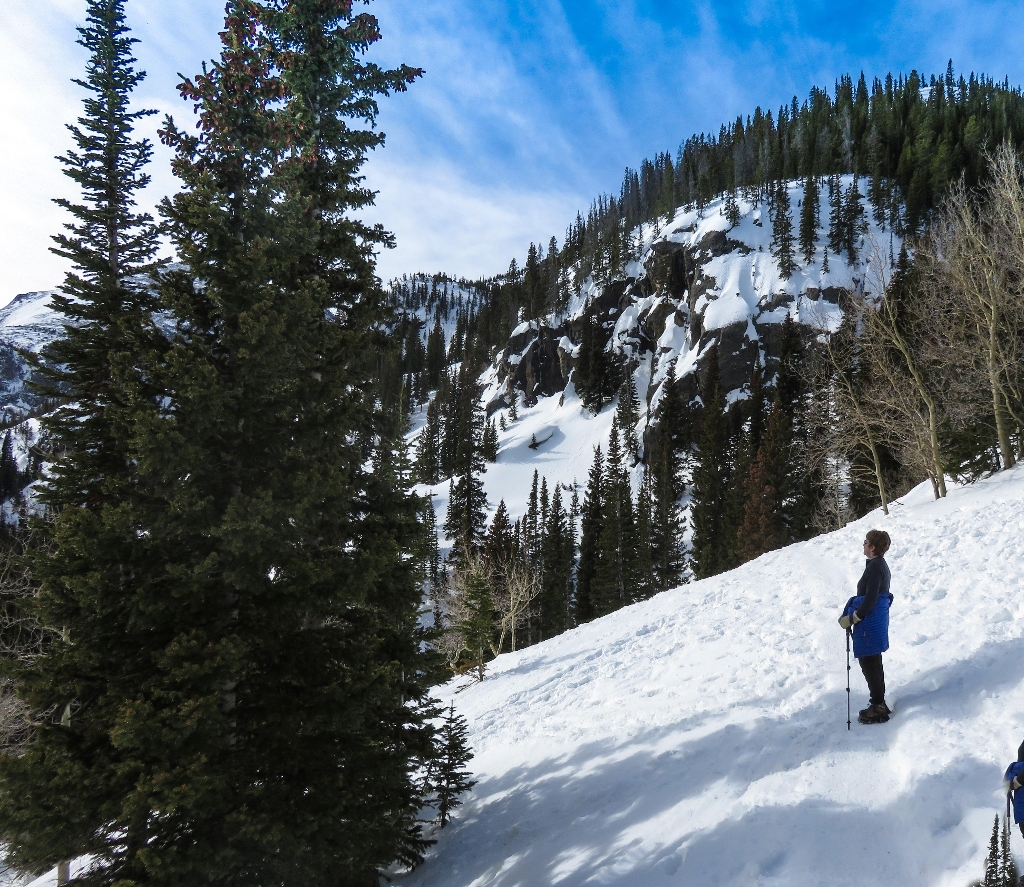
Rocky Mountain
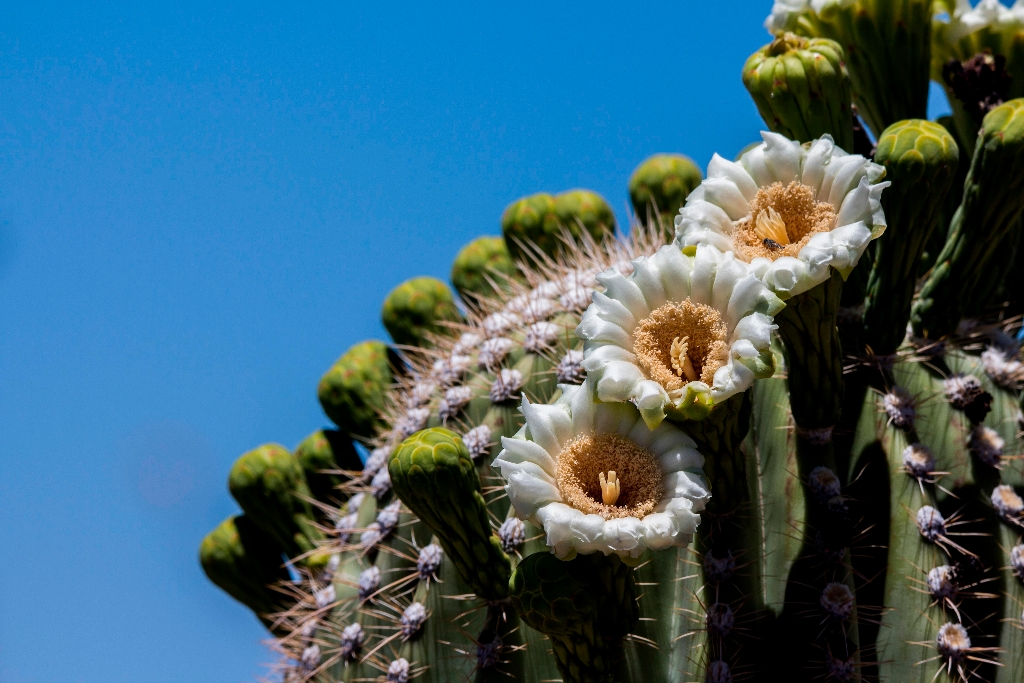
Saguaro
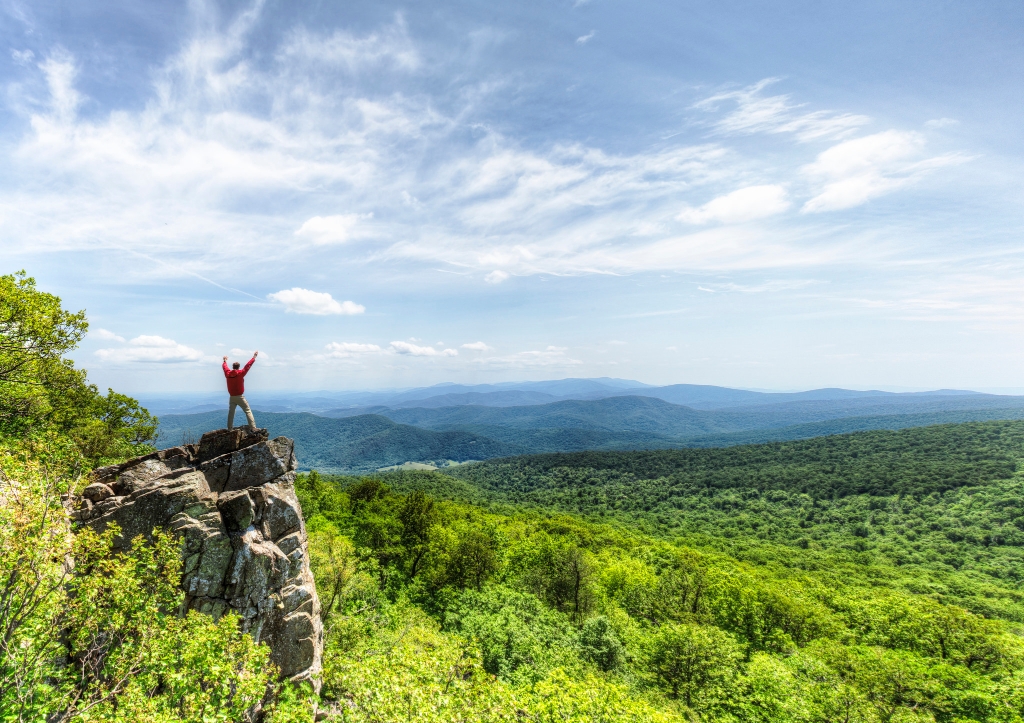
Shenandoah
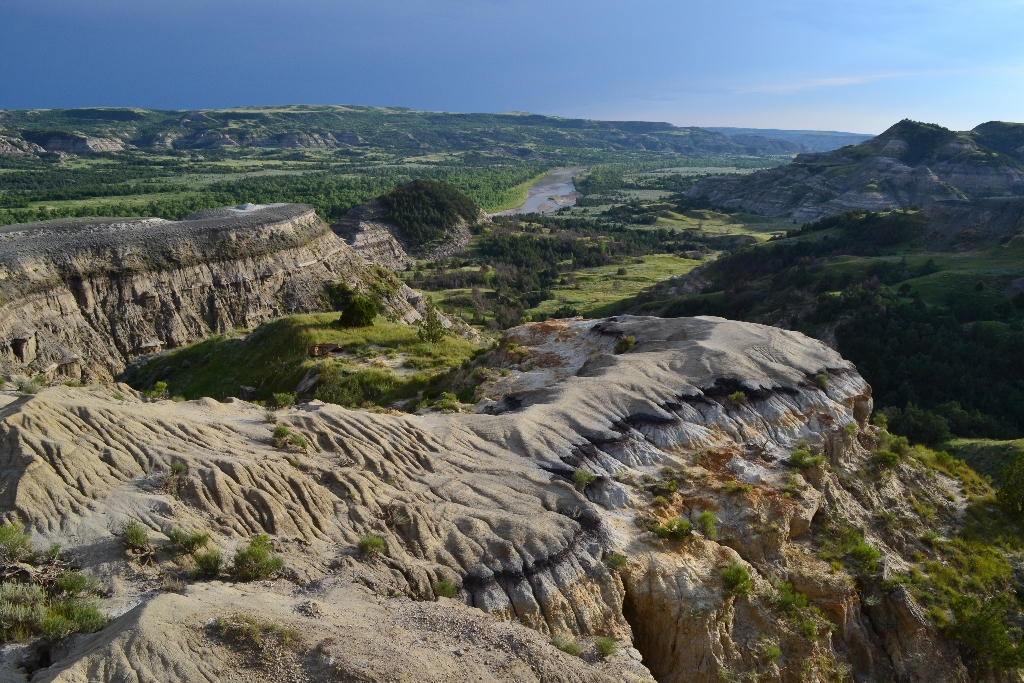
Theodore Roosevelt
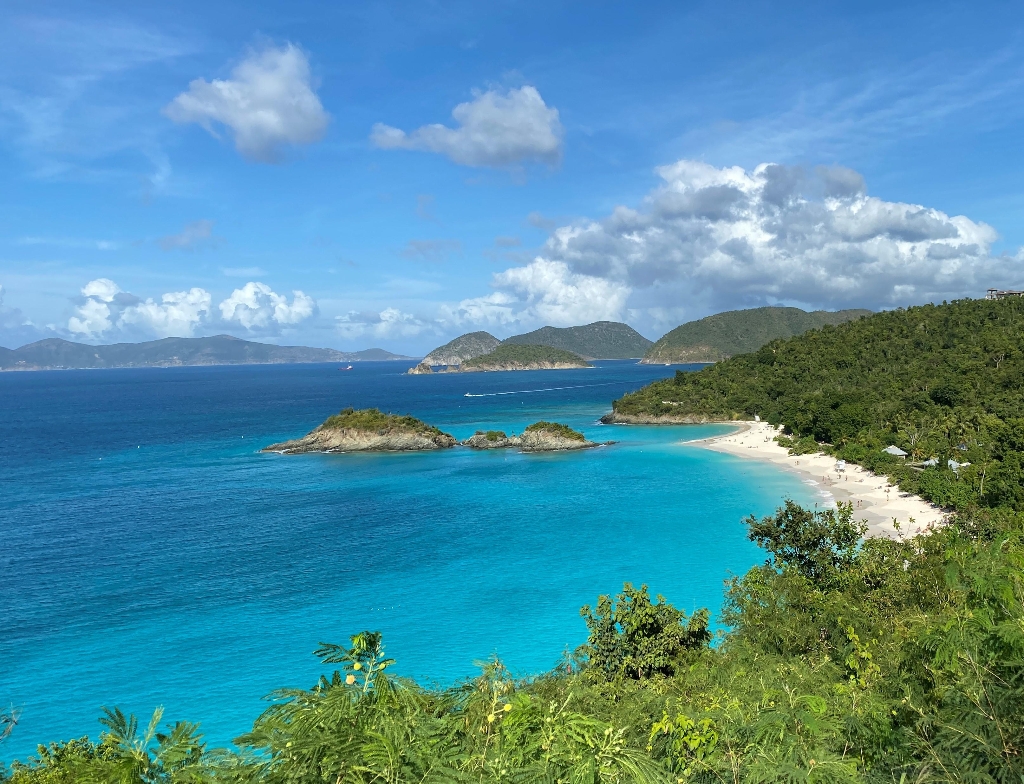
Virgin Islands
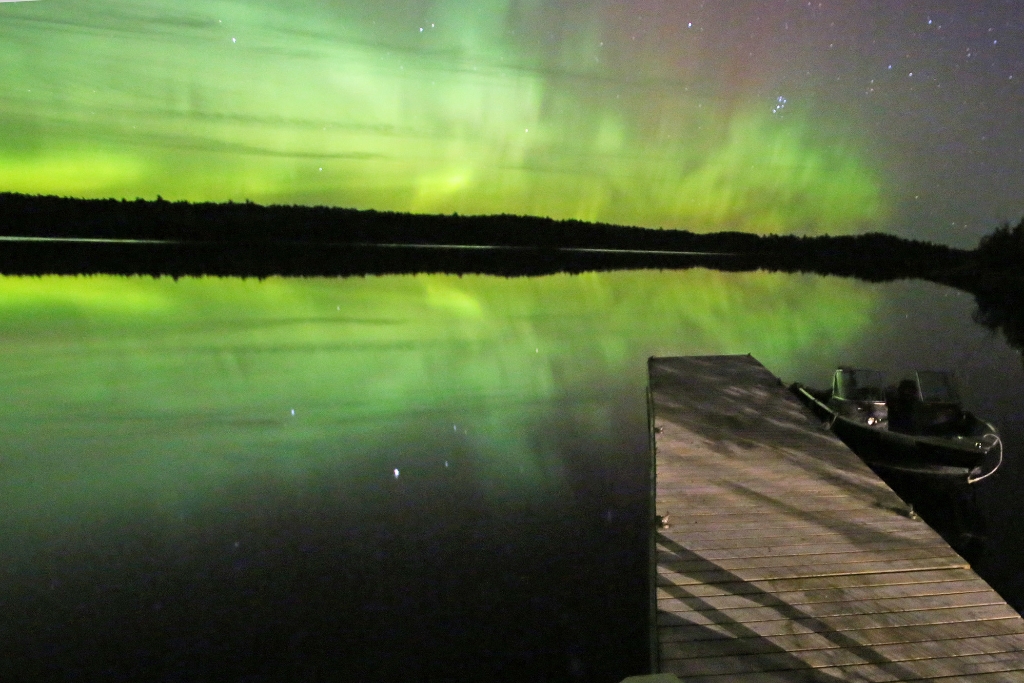
Voyageurs
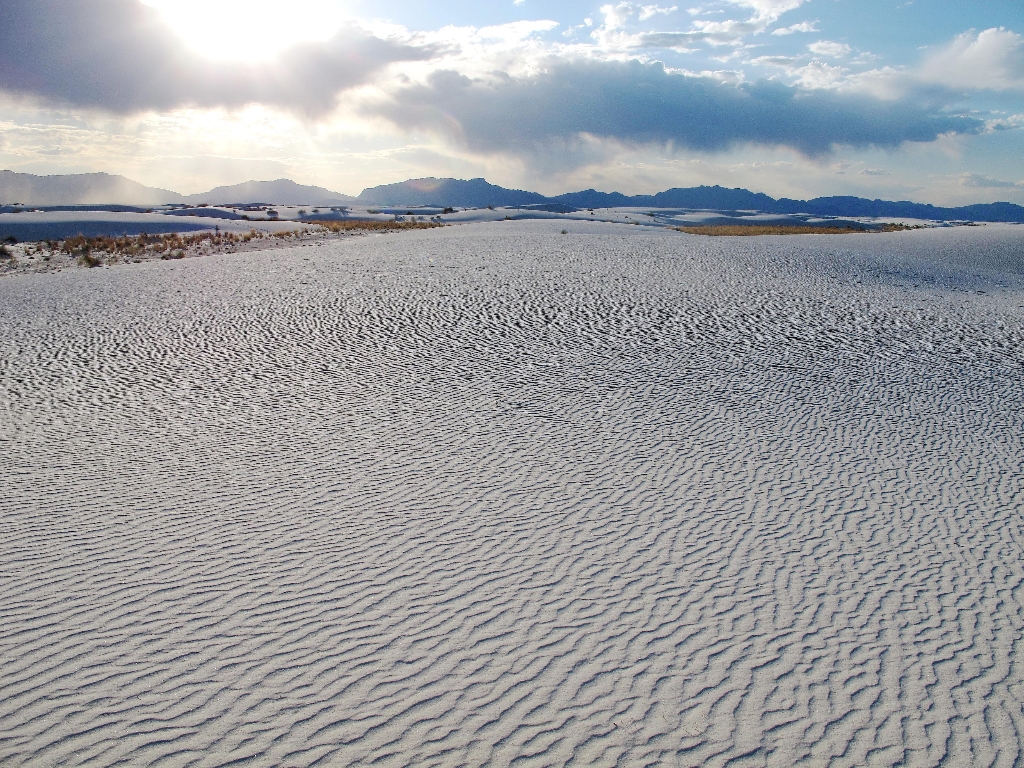
White Sands
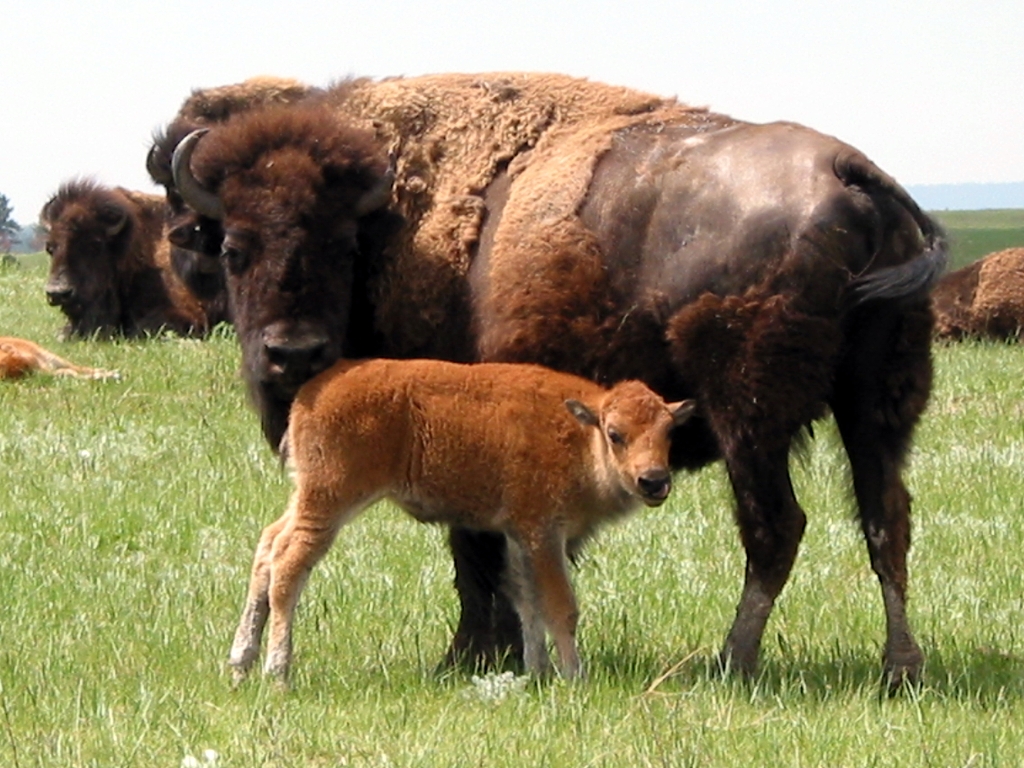
Wind Cave
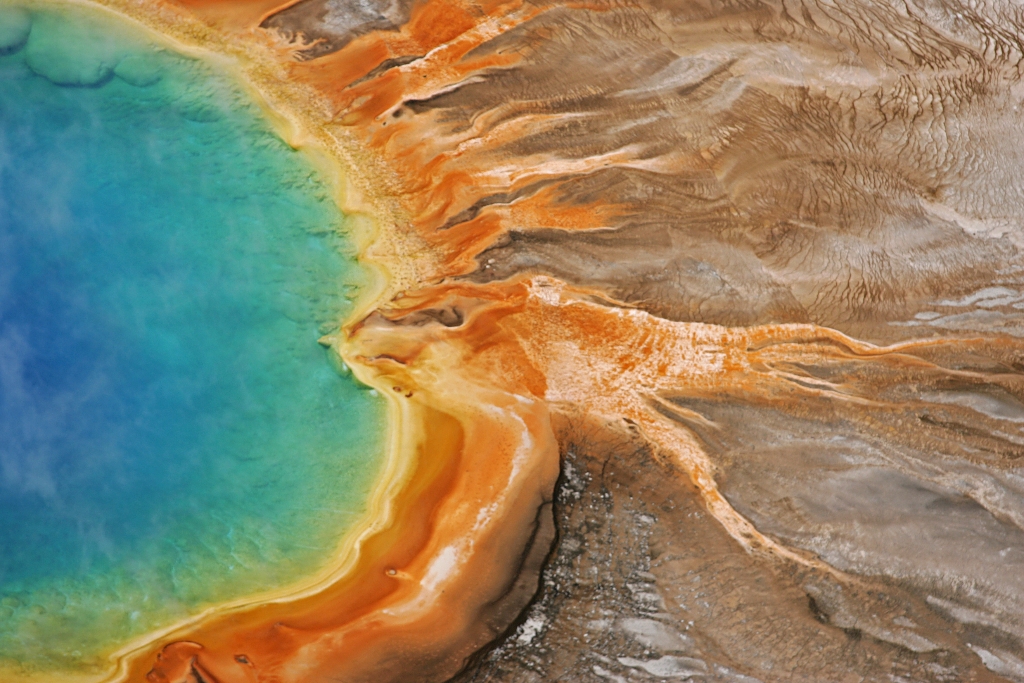
Yellowstone
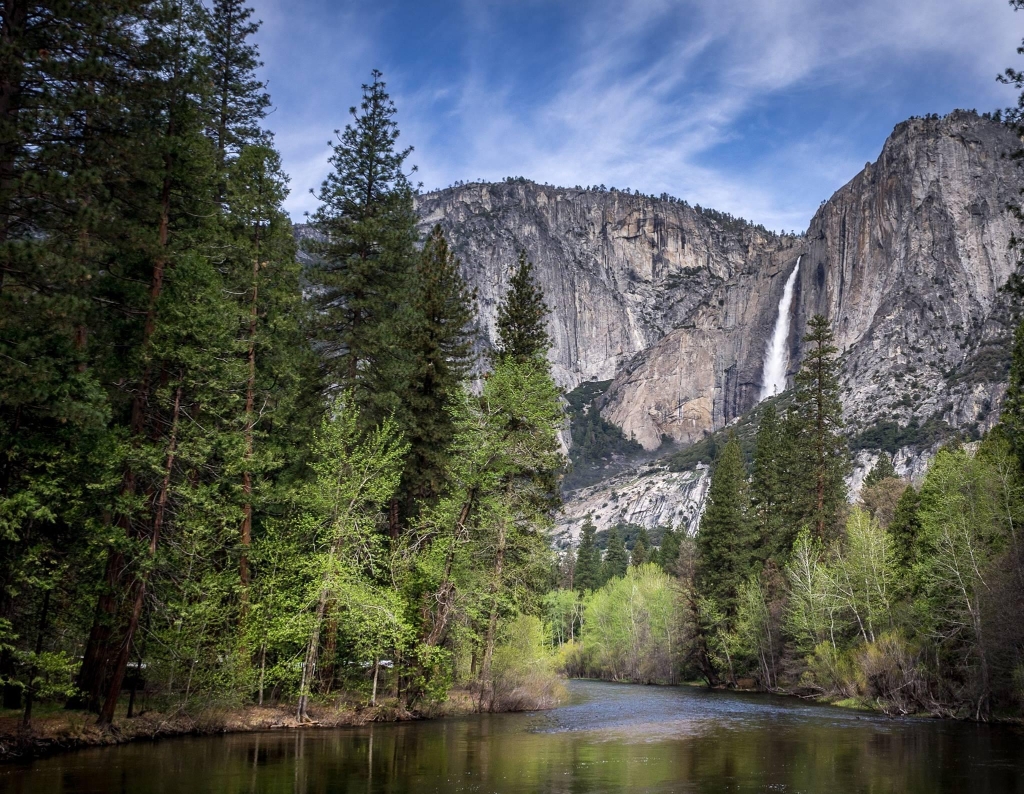
Yosemite

Zion